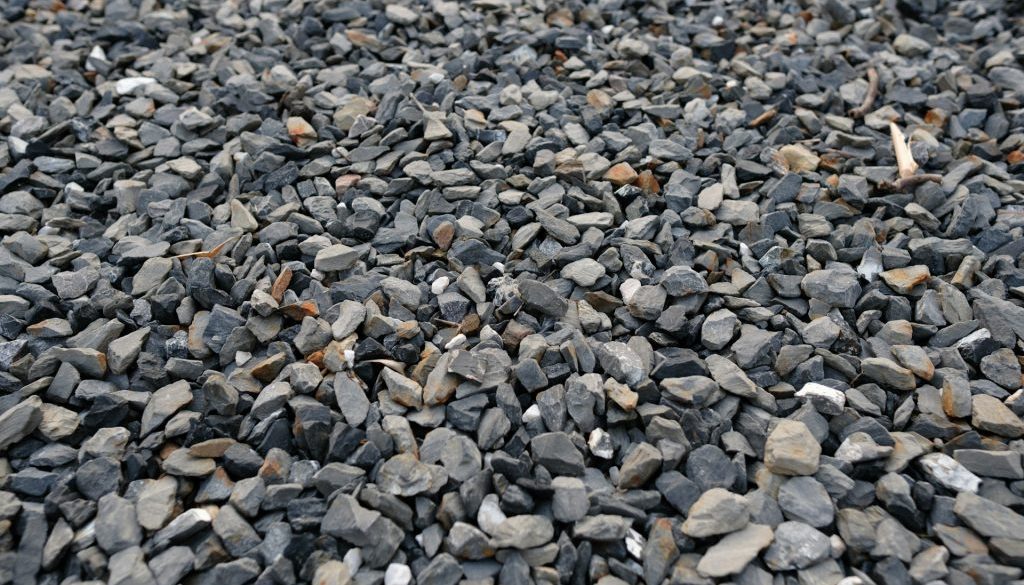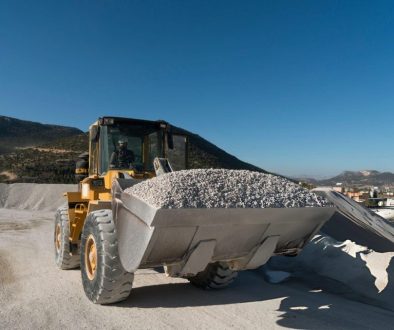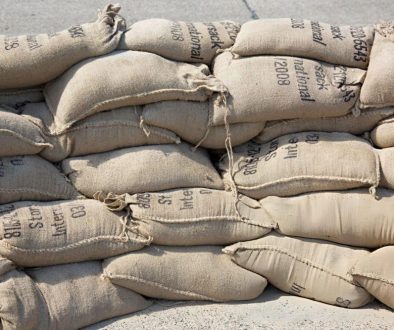Aggregates are key ingredients in construction and landscaping projects, affecting everything from the strength of a concrete mix to the drainage in a garden path. As simple as these materials might seem, they come with their own set of challenges. Understanding these problems and how to manage them is important to ensure the success and durability of any building or landscaping endeavour.
Many common issues with aggregates can be avoided with a bit of know-how and some practical tips. Whether you are working on a large construction project or a simple backyard makeover, getting familiar with these potential pitfalls can save time, effort, and resources. Let’s look into some of these problems and what you can do to fix them.
Understanding Common Problems with Aggregates
Aggregates make up the foundation of many construction projects. Sand, gravel, and crushed stone types provide the bulk needed to create strong and stable structures. However, several problems can arise if aggregates are not managed properly. One major issue is segregation, where particles of different sizes separate. This can weaken the mix, making it less effective and potentially leading to structural failure.
Segregation happens when the materials settle or separate, often during movement or storage. It’s like when a bag of mixed nuts gets shaken and all the bigger nuts end up on top. To prevent this, it’s important to handle aggregates carefully. Here are some tips:
– Storage: Keep aggregates in a dry, sheltered area to reduce movement caused by wind or water.
– Transport: Use gentle loading and unloading methods to avoid agitation.
– Mixing: Ensure consistent mixing to achieve an even spread of different-sized particles.
Dealing with Contaminated Aggregates
Contamination is another common issue, where unwanted substances mix with the aggregates. This can affect everything from the colour to the strength of the finished product. Contamination often comes from dirt, clay, or other foreign materials.
To tackle this, it’s crucial to maintain clean storage areas and equipment. Regular inspections help spot potential contamination before it becomes a bigger issue. Here’s how you can keep your aggregates clean:
– Site Inspection: Check storage and handling areas regularly for sources of contamination.
– Cover Your Aggregates: Use tarps or covers to protect piles from dirt and debris.
– Clean Equipment: Ensure all tools and machinery used for handling aggregates are clean and free from dirt build-up.
Proper management of segregation and contamination ensures that aggregates perform as they should, providing reliable support for construction and landscaping success.
Managing Aggregate Moisture Content
Maintaining the right moisture level in aggregates is crucial. If aggregates are too wet or too dry, it can lead to various issues, including reduced adhesion in concrete or mortar. Imagine a sponge; if it’s too soggy, it can’t absorb any more water. Similarly, overly moist aggregates can cause problems with excess water in the mix leading to a weaker final product.
Measuring and controlling moisture content is a straightforward process. Regularly checking using a moisture meter or simple hand tests can go a long way in keeping things balanced. Make sure to adjust water content during mixing if the aggregates are too dry. And if they’re too wet, it might be necessary to let them dry out a bit before use.
The benefits of optimal moisture management include better bonding, stronger structures, and improved durability of the final product. Just a little attention to this detail can vastly improve your construction or landscaping projects.
Utilising Recycled Aggregates Effectively
Switching to recycled aggregates can be a sustainable choice, reducing waste and the demand for natural materials. But this comes with challenges. The quality of recycled aggregates can vary, and it’s vital to ensure they’re up to scratch for your project.
When considering recycled materials, evaluate them carefully. Look for consistent particle sizes and check for contaminants. Using reputable suppliers can help ensure the materials meet necessary standards.
Best practices for integrating recycled aggregates include using them in non-structural roles first. Think pathways or landscape features where strength isn’t as critical. Over time, getting comfortable with the performance of recycled materials can lead to their use in more structural applications, providing both an eco-friendly and cost-effective solution.
Keeping Your Aggregate Supply Reliable
Ensuring a steady and reliable supply of aggregates is pivotal for project continuity. Begin with regular inspections and quality checks of the materials when they arrive. Doing this helps catch any issues before they affect the mix or structure.
Setting up a consistent schedule for reordering supplies can prevent last-minute rushes or unexpected shortages. Knowing how much you typically use can inform your future orders. Ensuring your storage and handling practices are top-notch will also help maintain quality and reduce waste.
Regular consultation with professionals specialising in materials can provide helpful insights for keeping your projects running smoothly. Their expertise can help ensure you are well-equipped to handle any aggregate-related issues that might arise. Preparation and attention to detail can make all the difference in achieving successful outcomes.
If you’re planning a project and need reliable and effective waste management, consider the benefits of choosing to hire an open skip. Enviro Skip Hire in Cheshire provides a range of flexible skip hire services to support any construction or landscaping job, helping you keep your site tidy and your project on track.




